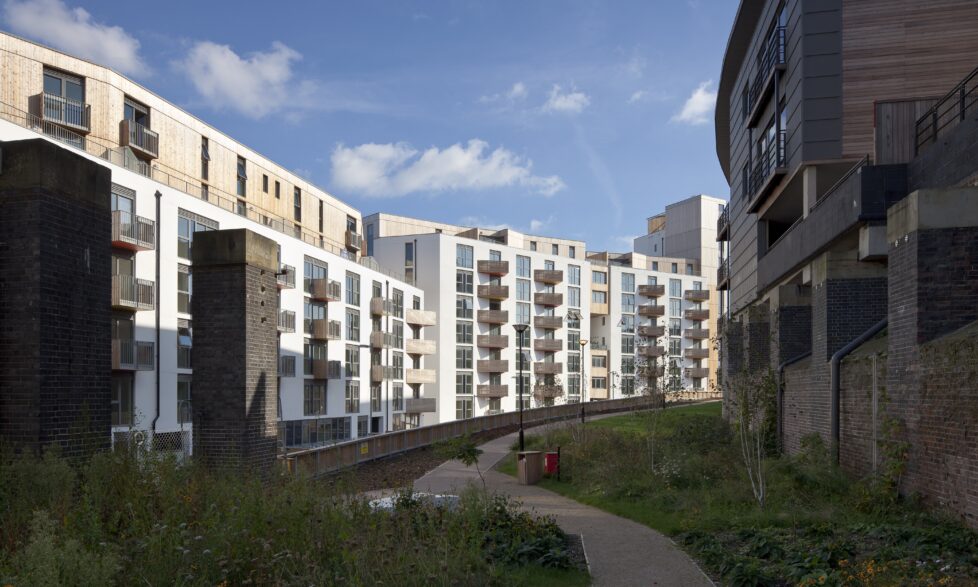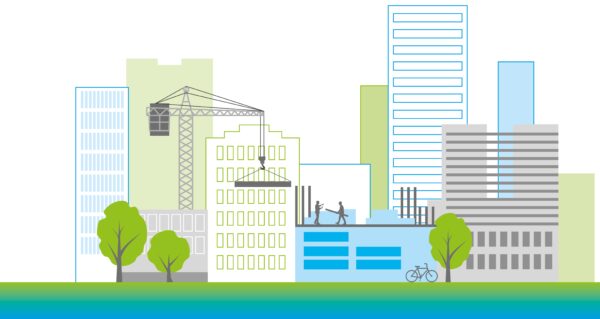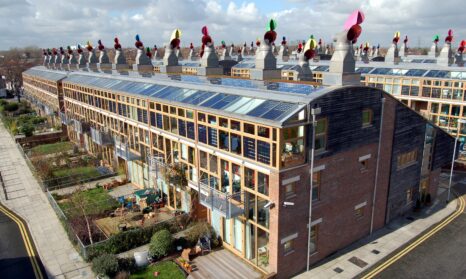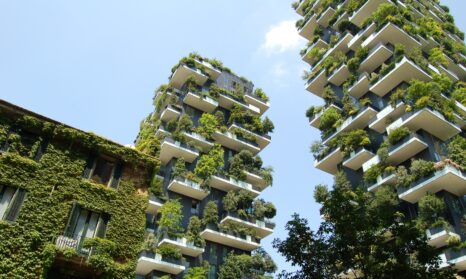Zero carbon homes – forget legislation, let’s do it anyway
A familiarly underwhelming Valentine’s Day has come and gone, choco-holiday is on the horizon and we are thoroughly sick of cold, wet weather – it must be March, the month when Ecobuild rolls into town. For three days next week, the eyes of the construction industry will be on a dock in East London.
This year, the exhibition feels more pertinent than ever.
Those tasked with making new buildings greener have taken a battering recently. 2016 was supposed to be the industry’s defining year – when the government’s Zero Carbon Homes policy became enshrined into building regulations. We were to be the first nation to adopt the policy, putting the UK at the forefront of efforts to create a sustainable built environment and fight climate change. It was exciting and ground-breaking and I was looking forward to being a part of it.
But bit by bit we learned that this was not going to happen. Whispers from Whitehall suggested that plans for carbon-neutral homes were to be scrapped. And, in summer 2015, it was made public. “To reduce the regulative burden on housebuilders and get Britain building”, they said.
It was all so predictable.
The backlash arrived, from the opposition, from environmentalists, from journalists and, most interestingly, from developers. A cynic might suggest that developers had a hand in the rejection of this policy. After all, even in the lead up to 2016, building zero-carbon homes had not been mainstreamed, developers had not been proactively preparing for the change in legislation and ways of meeting the standards were still considered alien. In short, the zero-carbon objective took those used to doing it one way far outside their comfort zones.
But there they were, in papers, magazines, on the TV, criticising the policy reversal. I hope, like us, these developers see low-impact building as the future of construction. So I want to lay down a challenge - zero-carbon homes may not be policy, but that doesn’t mean you can’t build them!
The best way for developers to show that the government were wrong to pull the policy is to do it anyway. And actually, without legislation, this could be made much easier. You will be freer to define what a zero carbon home is and the methods and strategy by which net zero carbon emissions can be achieved.
Here at Bioregional we know zero carbon is doable because we and our partners successfully work to achieve it. This is part of the commitment to implementing our One Planet Living framework.
Here at Bioregional we know zero carbon is doable because we and our partners successfully work to achieve it. This is part of the commitment to implementing our One Planet Living framework.
For example, right now, our One Brighton development is 100% run on renewable energy. A 500kW biomass boiler provides low-temperature heat to 172 homes via a district heating network. Some of the development's electricity is generated by a 9.5kWp roof-mounted solar PV array but the bulk of it comes via a power-purchase agreement with green electricity supplier Good Energy, managed by the community-owned energy services company (ESCo). Residents’ energy bills are on average 30% cheaper than at equivalent developments.
And it doesn't stop there. Elmsbrook, the first phase of NW Bicester led by developer A2Dominion, comprises 393 highly energy-efficient homes and facilities, creating the UK’s first true zero-carbon community. And further afield, Zibi, a One Planet Community in Ottawa, will use waste heat from a local paper mill, while 1.3MW of PV will supply 100% of electricity demand at Sonoma Mountain Village in California. As we speak we are working on bespoke zero-carbon plans for approximately 20,000 new homes across the world, with each site using a different method to attain net-zero emissions depending its individual circumstances and opportunities.
The work of the One Planet Living network is proof that the UK can lead the way in low-impact design and sustainable construction, legislation or no legislation. And so I say, to those indignant about the government’s backtracking, who needs policy? Let’s do it anyway.
Discover how we can help your new-build scheme realise its zero-carbon ambitions with One Planet Living.
Build a better future: the built environment and the Sustainable Development Goals
Built environment companies are struggling to get to grips with the Sustainable Development Goals. So we've created an easy-to-digest guide with practical advice on how to get started. Let's build a better future together
Download PDF







